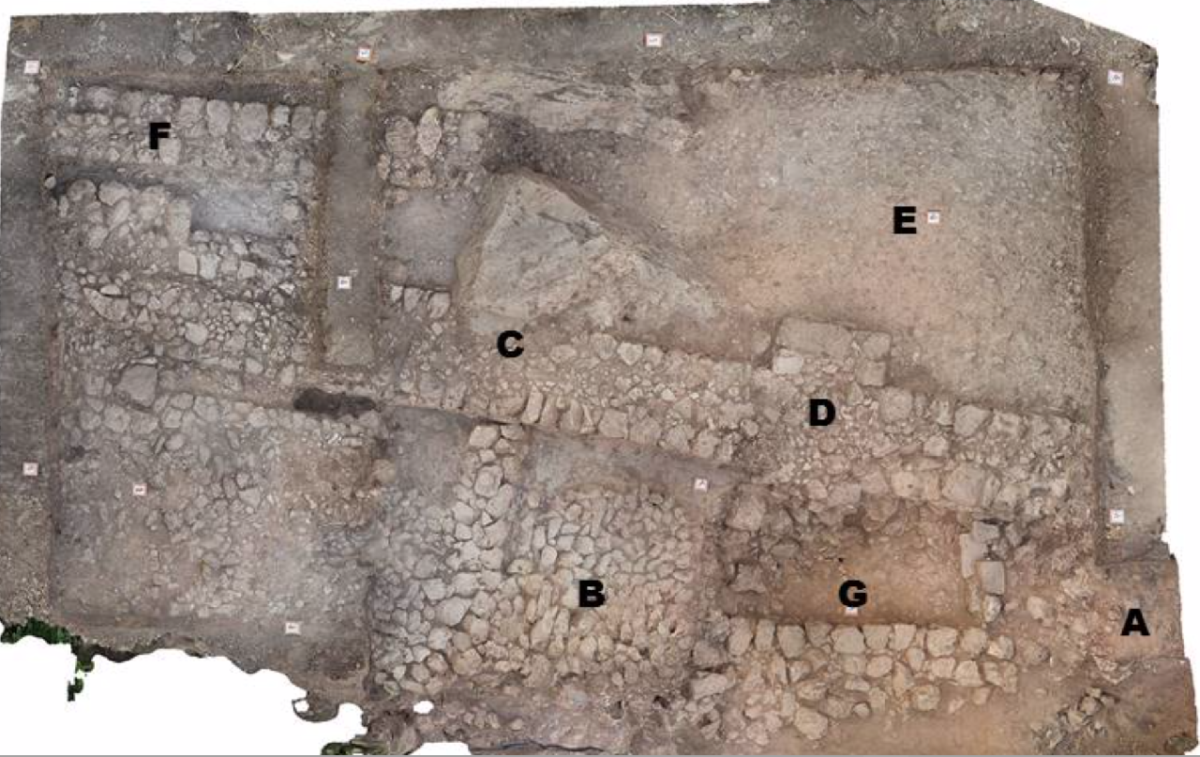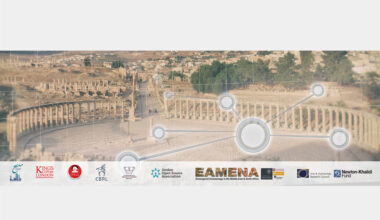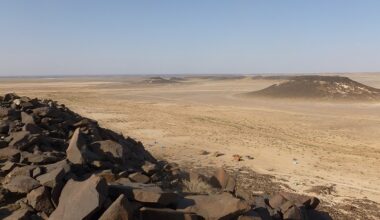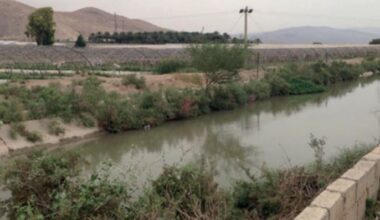Project summary
The project charts the development of society and economy in northern Lebanon from the Neolithic to the Early Bronze Age by exploring the sequence at sites around Koubba that contain occupation
from the 7th – 3rd millennia BC.
Project details
Location: Lebanon
Year(s): 2018-2019
Project director(s): Graham Philip (Durham University)
Lead institutions and funding:
- CBRL
Project description
The project charts the development of society and economy in northern Lebanon from the Neolithic to the Early Bronze Age by exploring the sequence at sites around Koubba that contain occupation
from the 7th – 3rd millennia BC. The main features uncovered at Koubba 1 were a wall and an associated white floor composed of burnt limestone. This structure produced chipped stone of types associated with the Ceramic Neolithic elsewhere in the Levant but without pottery. We believe that we have identified a rare north Lebanon equivalent of what is termed Aceramic Neolithic C in the southern Levant. At Kouba II we exposed an East-West wall that runs for more than 20 metres and forms the southern side of a large enclosure. Within, were two projecting outcrops of natural limestone. As the community regularly quarried limestone, the survival of these rocks suggests that they were a deliberate feature, perhaps pointing to possible cult structure. While the floor was not reached, the fill of the enclosure was packed with cultural material, including reconstructable ceramic vessels, animal bones and charred material. While this could represent dumping of domestic refuse, it is also possible that we have discovered remains of cultic offerings of some sort.
Project bibliography
Philip, Graham. 2020. The Koubba project: The origins of complex
societies in north Lebanon. Bulletin of the Council for British Research in the Levant 2018-2019, p 19.
Published:26 November 2021















